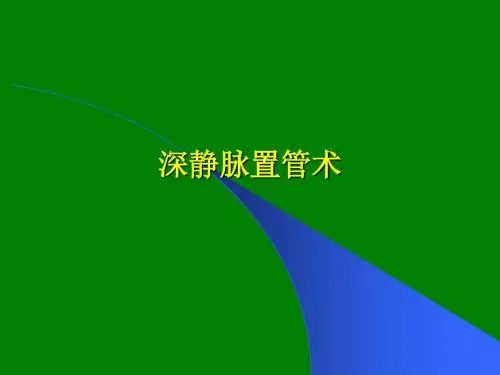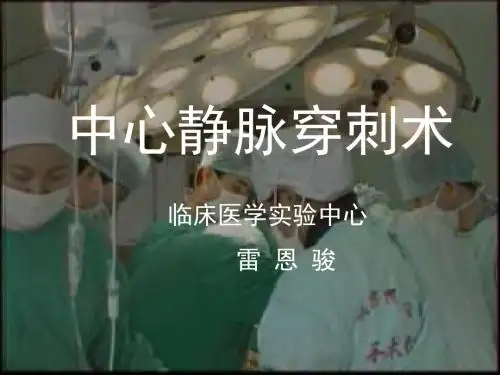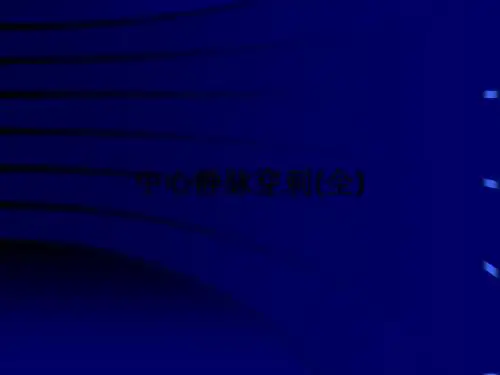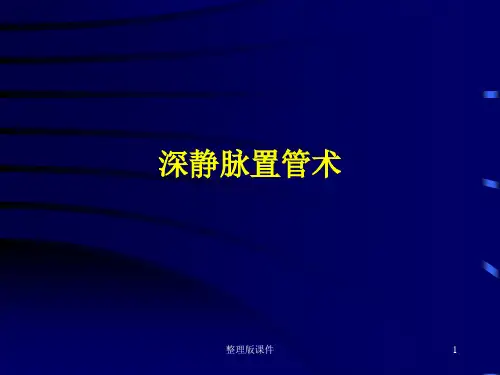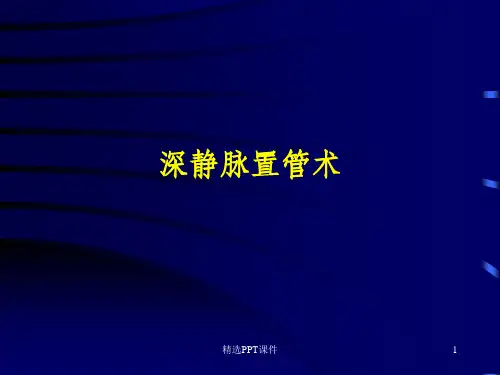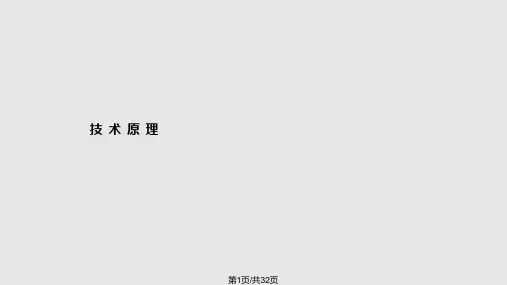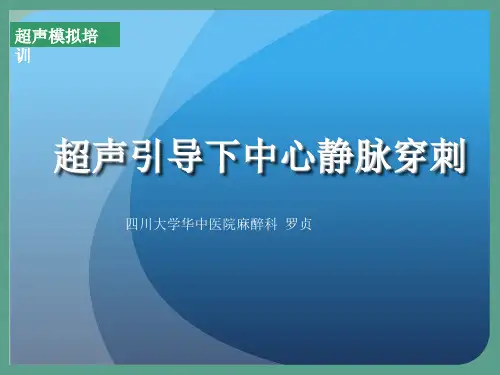第24页/共32页
4.胸导管损伤:左侧锁骨下静脉插管可损伤胸导管,穿刺点可有清亮淋巴液渗出。此 时应拔除导管,如出现胸腔内有乳糜则应放置胸腔引流管。 5.纵隔损伤:纵隔损伤可引起纵隔血肿或纵隔积液,严重者可造成上腔静脉压迫,此 时,应拔除导管并行急诊手术,清除血肿,解除上腔静脉梗阻。 6.空气栓塞:预防的方法为:嘱患者屏气,以防深吸气造成胸腔内负压增加,中心静 脉压低于大气压,空气即可由穿刺针进入血管。 7.导管栓子:导管栓子是由于回拔导管时导针未同时退出,致使导管断裂,导管断端 滞留于静脉内形成的。导管栓子一般需在透视下定位,由带金属套圈的取栓器械经 静脉取出。
Methods
This was a prospective, randomized study at a tertiary university hospital. Inclusion criteria were severe trauma adult patients requiring arterial catheter insertion for intraoperative monitoring. Patients were randomized to 2 groups, group1 used ultrasound imaging to guiding arterial cannulation,group 2 used traditional palpation method.U-test,Wilcoxon signed rank sum test were used for statistical analysis.
Sichuan 610041, China
Arterial cannulation may be very difficult and time-consuming in severe trauma patients with palpation method due to weak pulse. Complications were relate to multiple attempts to cannulate the artery. The purpose of this study was to establish a new artery cannulate method with ultrasound guided, avoiding traditional going through and draw backtechnique. compare ultrasound guided versus traditional palpation placement of arterial lines for time to placement, number of attempts, sites used.
